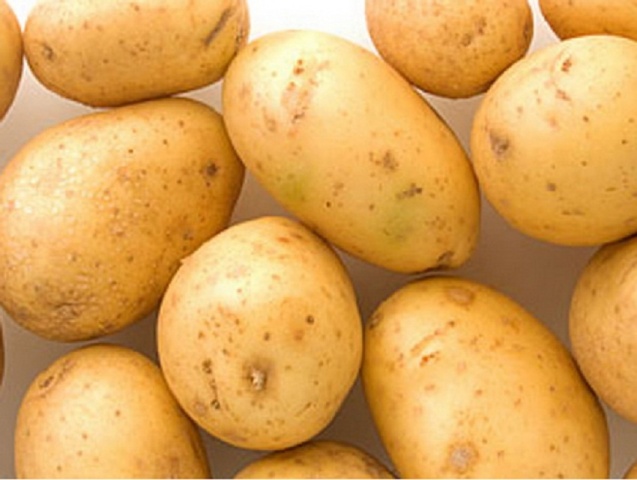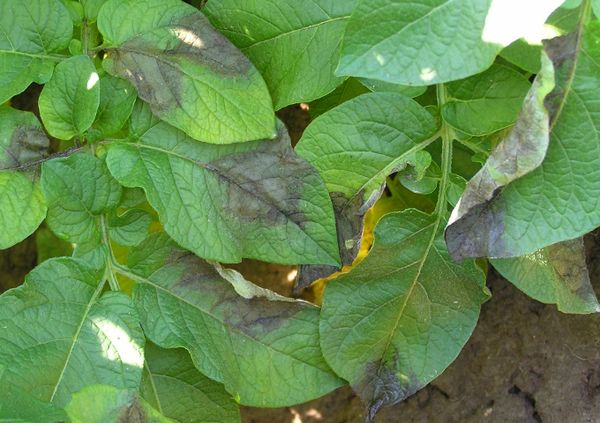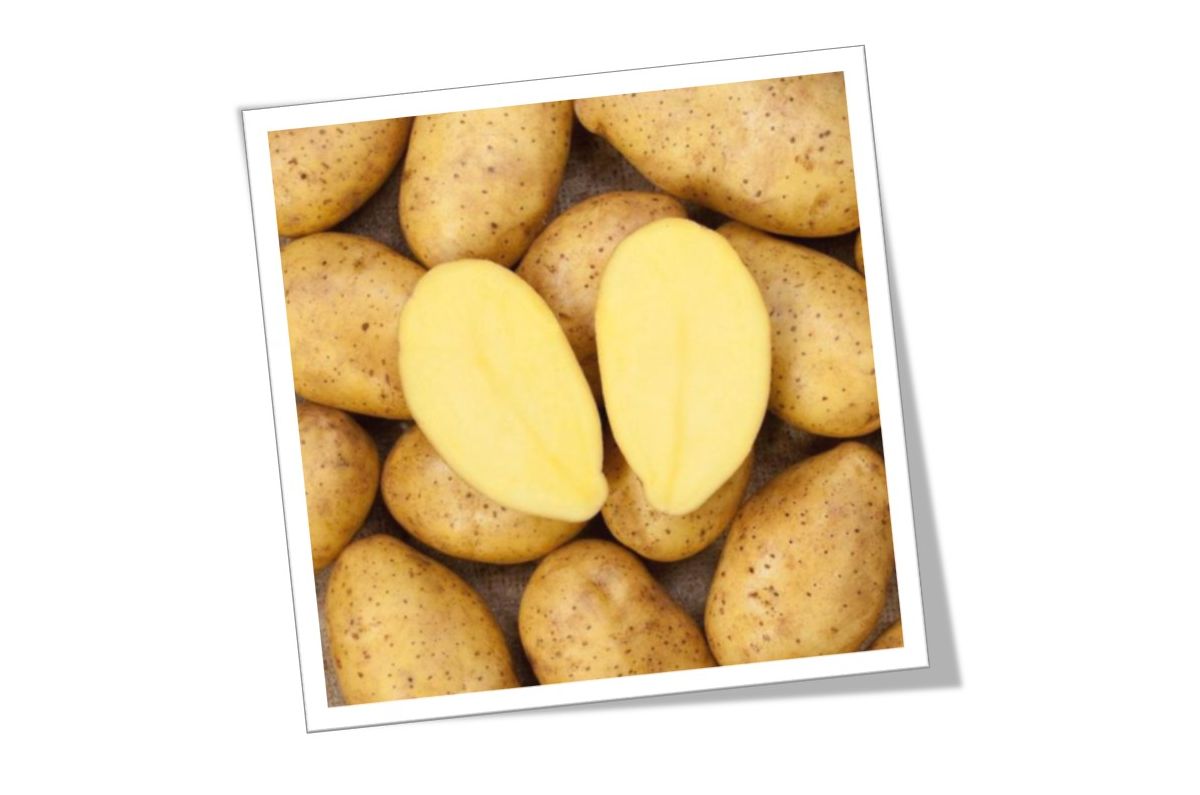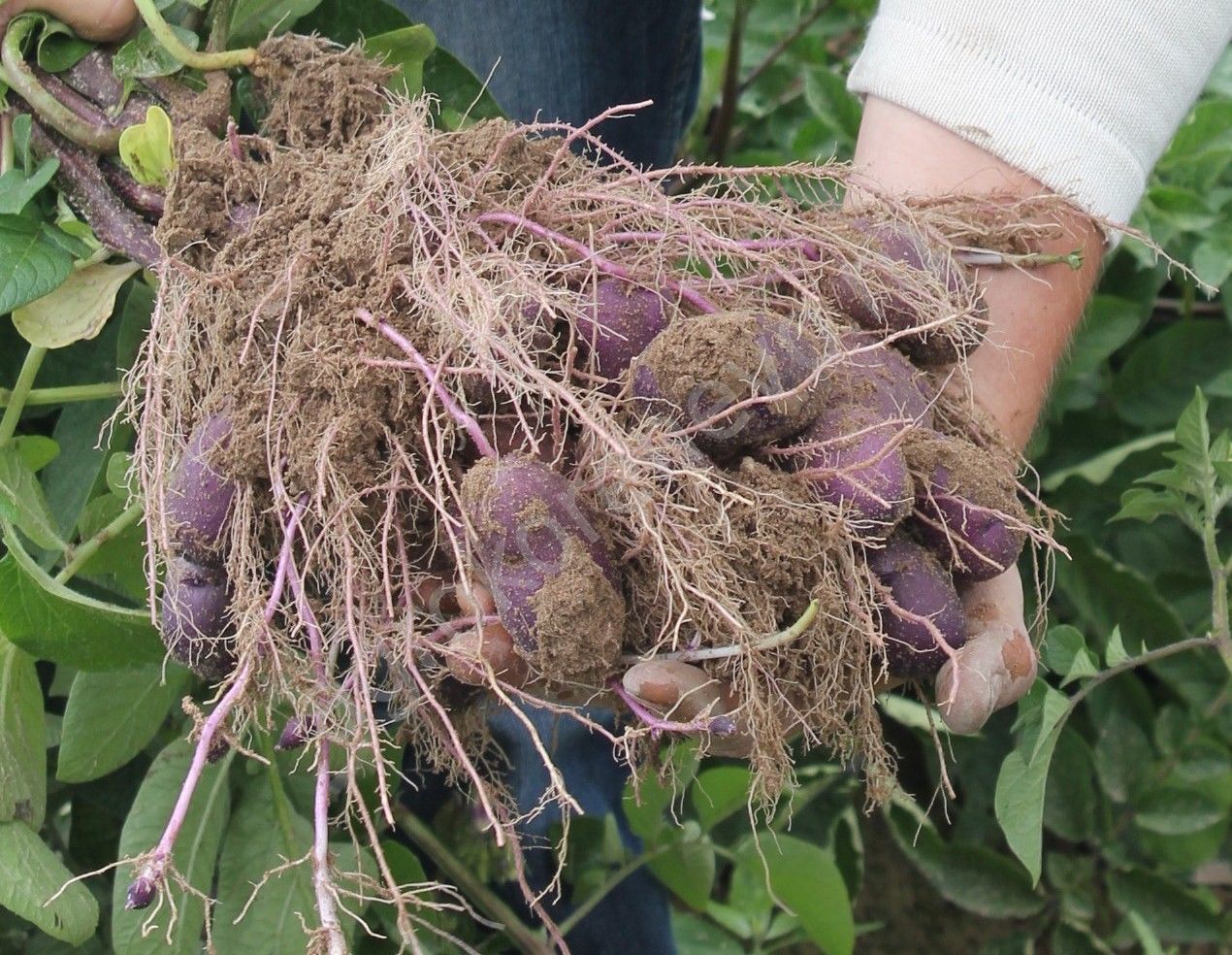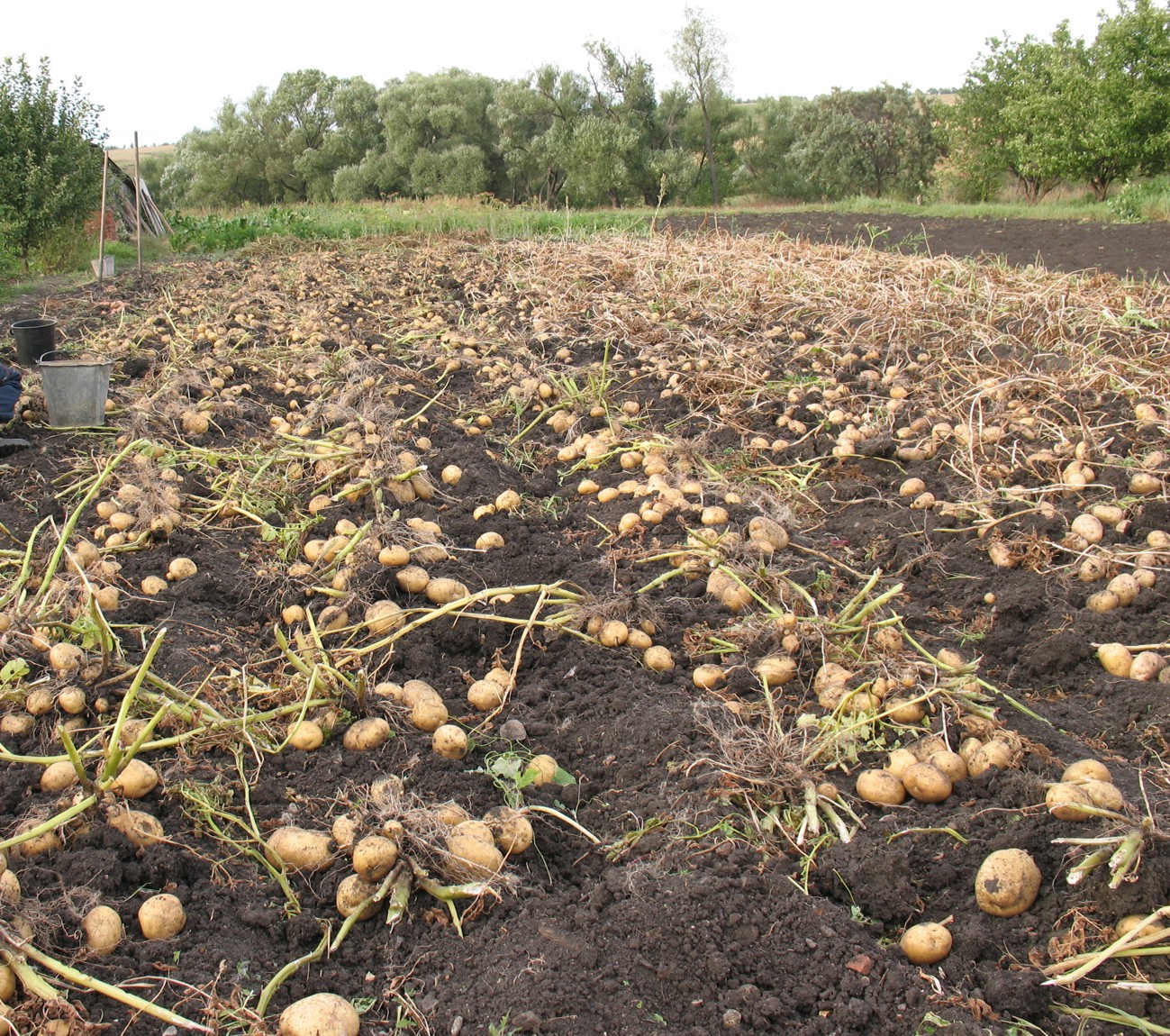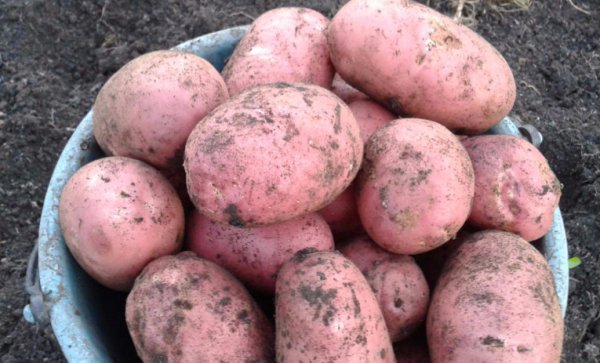Content:
Potatoes are one of the most common foods in the world. A wide variety of its varieties are known. Riviera is an ultra-early variety of table potatoes. Bred in Holland by the agricultural firm Agrico. Bred by crossing the Dutch varieties Minerva and Alzmaria. It was entered into the State Register of the Russian Federation in 2013. Provides consistently high yields in temperate regions.
Description and characteristics of the potato variety Riviera
Description of the variety
The Riviera should not be confused with the similar-sounding Red River potato variety.
To avoid misunderstandings, you need to compare these two varieties.
Comparative description of potato varieties Red River and Riviera
| Variety | Riviera potatoes | Red River Potatoes |
|---|---|---|
| Patent holder | Agrico, Holland | Solana, Germany |
| Ripening grade | Very early, 40 - 80 days | Medium early, 80 days |
| Starchiness | 12 – 16 % | 15 – 16 % |
| Marketable tubers weight | 100 - 175 g. | |
| Marketability of tubers | Up to 95% | |
| Number of tubers in the nest | 03.02.1900 | |
| Yield | 20.01.1900 | High |
| Keeping quality | 0.95 | Good |
| The form | Oval | Oval |
| Peel type | Light yellow, smooth with small eyes | Hot pink or reddish |
| Pulp color | Cream | Light yellow |
| Taste advantages | Decent sweetish taste, the pulp crumbles during cooking | Medium crumbly pulp |
| Disease resistance | Resistant to potato crayfish, banded mosaic, golden potato cyst nematode | Resistant to potato cancer pathogen, potato golden nematode |
The Riviera grows tall (75-80 cm), erect bushes with strong stems. It has dark green, large leaves with waviness around the edges, with a white or pinkish-purple inflorescence. The powerful root system of potatoes allows, even in dry climates, to demonstrate good results. The diameter of the roots is 3-4 cm. The nutritional value is due to the presence of nutrients such as vitamins, minerals, proteins and amino acids.
Characteristics of varietal characteristics
Riviera varietal potatoes have the following properties:
- Ultra early ripening variety;
- Significant yield;
- High-quality presentation;
- Large yield of marketable potatoes;
- Good taste data;
- Drought-resistant;
- Resistant to technical damage;
- Good keeping quality;
- Due to early maturity, many diseases can be avoided
Agrotechnics
Site preparation for planting potatoes
Light sandy soil types are suitable for Riviera potatoes. The place is chosen sunny and sheltered from the north winds. This is necessary so that the snow has time to melt before planting, and the earth dries out a little.
The plot is prepared in the fall: it is cleaned of plant debris and debris. Then fertilizer is applied and dug up. Nitrogen fertilizers are the best choice for the Riviera.
The use of ash as fertilizer has a qualitative effect on the future harvest. In the spring, it is enough to loosen the soil and you can start planting.
It is undesirable to plant potatoes in the place where Solanaceae or sunflowers used to grow. Potatoes are responsive to the use of green manure (autumn sowing of legumes, cereals and buckwheat crops). The use of green manure is tantamount to the introduction of organic fertilizers.Virgin soil is a good choice for planting potatoes.
Preparing tubers for planting
It is advisable to take out the planting material ahead of time in a warm (up to 15 degrees) lighted place. Light is necessary for the greening of the tubers. Withstand 15-30 days until strong shoots appear (about 2 cm). Pre-germinated potatoes accelerate the appearance of the first shoots. For sowing, select healthy, not very large (30-70 gr.), Without mechanical damage and frostbite root crops.
Landing
The following planting scheme for the Riviera is recommended: the indents between the rows are from 60 to 90 cm, and between the holes - 35 cm. The planting potatoes are laid out in the holes with shoots up to a depth of 6 cm. Simultaneous application of organic fertilizers to the hole will have a good effect on the harvest. The ground should be warm (8-10 degrees) and humid. You can mark the rows with a lace.
Follow-up care
Riviera potatoes are a very unpretentious variety, but compliance with important conditions can accelerate growth and increase the quantity and quality of finished products. Sprouted potatoes will sprout in 8-12 days.
- Weeding - removing weeds, affects the yield of vegetables. Weeding (with simultaneous loosening of the soil) is carried out after the emergence of mass shoots of the plant;
- Harrowing or loosening of potato rows is necessary after watering or precipitation;
- Hilling is carried out two times. The first - when the tops reach a height of 15 cm, the second - after two weeks (just before flowering);
- It is advisable to fertilize 3 times: at the emergence of seedlings, in the phase of the fourth leaf and during flowering. Fertilizers are introduced in dry (during loosening) or liquid form (watering with diluted manure, spraying on leaves). Using mulch increases the efficiency of fertilizers;
- Watering. The Riviera does not need frequent watering. If wilting of tops is noticed, and the soil is dry to the depth of a finger, then this is an indication for watering. With increased precipitation, you can sprinkle dry mineral fertilizers on the soil.
Diseases and pests of the Riviera
The Riviera has stable immunity to potato cancer, banded mosaic, potato nematode, but it is susceptible to scab and late blight. Treatment of potatoes with fungicides will save potatoes from late blight.
The main enemies of the Riviera potato are the following insects:
- Colorado beetle;
- Medvedka;
- Wireworm;
- Potato moth;
- Potato scoop.
You can get rid of them with the help of chemicals that can be bought at specialized retail outlets.
Storage
Before storage, you need to dry and carefully examine the harvested crop. Sick, injured and greenish root crops are discarded from potatoes intended for long-term storage. The vegetable is stored at a positive temperature in the range of 3-4 degrees, with an air humidity of 80%. During winter maturation, it is necessary to occasionally check vegetables for the presence of sick and spoiled tubers, followed by their removal from the total mass.
Advantages and disadvantages of the Riviera potato variety
Advantages
The positive qualities of this variety include the following features:
- Positive taste characteristics;
- Early ripening of the variety, which allows you to collect a double crop;
- Very small losses from mechanical injuries;
- Keeping quality and transportability at a high level;
- Attractiveness of appearance;
- Resistant to disease (cancer, nematode).
disadvantages
With late harvesting, there is a risk of late blight infection.
According to experienced gardeners, the Riviera is considered the most delicious among early ripeners. The high-quality presentation and ease of transportation and storage allow this variety to be used for commercial purposes. Unpretentious care and much more make the Riviera an excellent variety of early-maturing potatoes.
